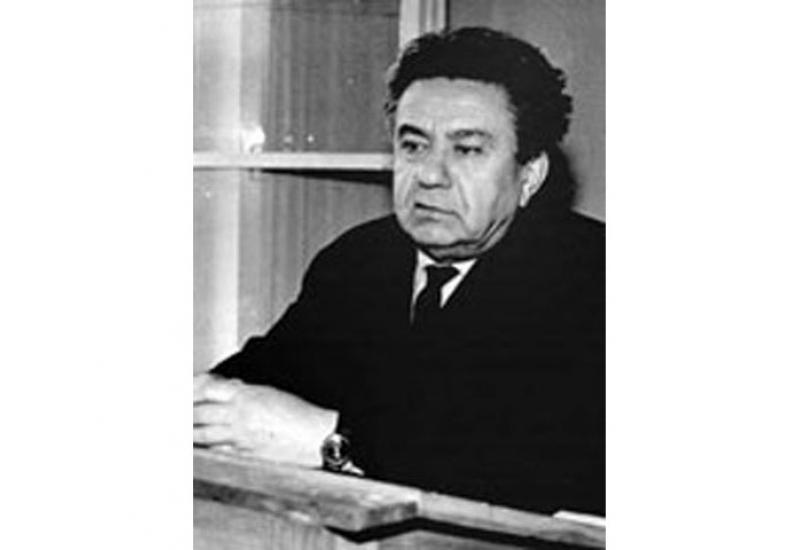It has been 110 years since the birthday of Mykhailo Makarovych Nekrasov – a famous scientist in the field of dielectrics and semiconductors, a doctor of technical sciences, a professor and a founder of the Department of Microelectronics (first called “Dielectrics Physics” in 1952, then - “Dielectrics and Semiconductors”).
It so happened that M.M. Nekrasov's birth practically coincided with the birth of electronics as an important field in science and technology. Indeed, the first electronic signals amplifier, a vacuum triode, was invented a hundred years ago, and that date may be considered the beginning of electronics. One hundred years ago, in 1906, J.J. Tomson received a Nobel Prize in physics for the discovery of the electron.
M.M. Nekrasov was born on November 18th, 1906, in Berekhovo, Sumy oblast'. After finishing school, he entered the Voronezh University, and then transferred to the Leningrad Electrotechnics Institute (LETI). After graduating from LETI, M.M. Nekrasov stayed there as a postgraduate; in 1939 he would present his candidate's thesis and would continue working in LETI up until the start of the Great Patriotic War. Until 1942 the scientist stayed in blockaded Leningrad, and then was evacuated to the Kemerovo oblast', where he worked at a powerplant. After the war, he was a docent of the Energy Institute in Ivanovo.
In 1952, M.M. Nekrasov was invited to the Kyiv Polytechnic Institute to head the recently-established Department of Dielectrics Physics. Mykhailo Makarovych successfully headed the department for almost 30 years, having created a scientific and technological base and a large and highly-qualified staff of researchers and lecturers.
In 1972, professor M.M. Nekrasov presented and defended his doctor's thesis. Mykhailo Makarovych was deeply fascinated by everything unknown and was the font of ideas among his colleagues. Nearly 50 thesis papers were defended under his guidance; he wrote 300 scientific papers, including 5 monographies.
M.M. Nekrasov founded the science and technology digest “Dielectrics and Semiconductors”, which went through 56 editions and was the basis of the scientific journal “Electronics and Communications”, which is published today.
The researchers from Nekrasov's department, as it was called in KPI then, enjoyed huge successes in piezoelectrics. For example, the piezoelectric drive was first invented here, and first piezoelectric transformers and filters were improved here. In segnetoelectrics, a new branch, dielectric spectroscopy, was established here, and segnetoelectrics were first used in super-high frequencies.
M.M. Nekrasov himself and his pupils made numerous breakthroughs in the field of nondestructive research of dielectric and semiconductor devices. From the beginner's fascination with dielectrics and their physics, M.M. Nekrasov turned to fruitful work in physics and technology of semiconductors.
The works started under his guidance were continued both by his colleagues and by his numerous pupils, who now work in different countries of the world. Some branches now realized abroad, like molecular electronics, were first foreseen and developed by M.M. Nekrasov and his pupils.
Everyone who had studied under Mykhailo Makarovych Nekrasov and worked with him were amazed by his sensitivity to colleagues and students, his sincere humanity and boundless goodwill. The union of these personal qualities with the deep and continued interest in science and the educational process, with a constant readiness to discuss and support new ideas, seems unique to us.
Author: staff of the Faculty of Microelectronics

